<Back to Index>
- Geologist Reginald Aldworth Daly, 1871
- Physicist and Geologist John Joly, 1857
PAGE SPONSOR
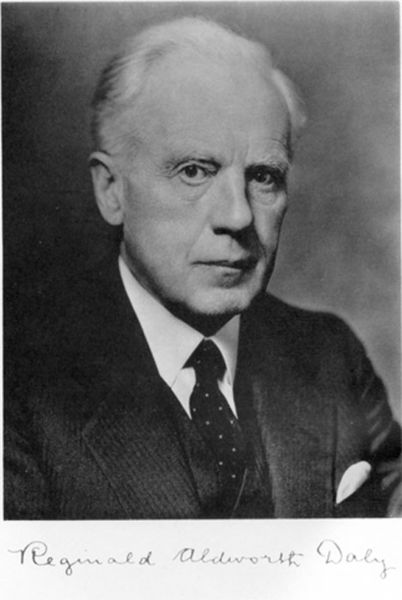
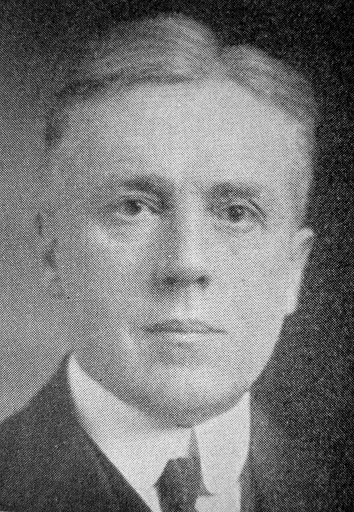
Reginald Aldworth Daly (March 18, 1871 - September 19, 1957) was a Canadian geologist. He was a professor at Harvard University from 1912 until 1942, after working as a field geologist for the Canadian International Boundary Commission.
He examined the rocks along a 400 miles stretch at the 49th parallel, which led him to formulate a theory of the origins of igneous rocks, and published his seminal work Igneous Rocks and Their Origin in 1914. According to Bill Bryson's "A Short History of Nearly Everything," he was an early proponent of both Arthur Holmes' and Alfred Wegener' Continental drift theory and the impact theory of lunar creation. Continental drift was supported by evidence in Daly's book Our Mobile Earth, 1926. In "Strength and Structure of the Earth," 1940, Daly anticipated aspects of plate tectonics, including introduction of "mesospheric shell."
Daly was awarded the Penrose Medal in 1935, the Wollaston Medal in 1942 and the William Bowie Medal in 1946. The mineral dalyite and craters on Mars and the Moon are named in his honor, and his Cambridge house (the Reginald A. Daly House) is now a National Historic Landmark.
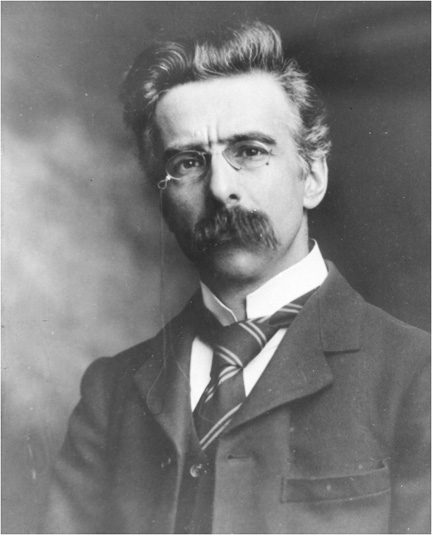
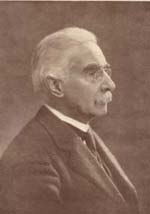
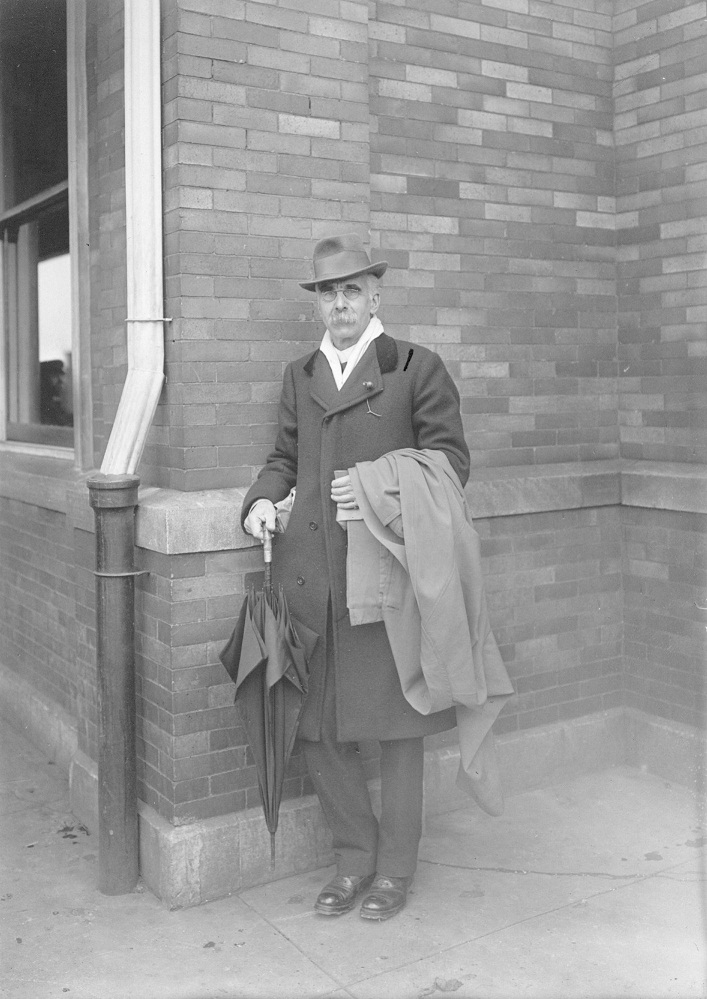
John Joly FRS (1 November 1857 - 8 December 1933) was an Irish physicist, famous for his development of radiotherapy in the treatment of cancer. He is also known for developing techniques to accurately estimate the age of a geological period, based on radioactive elements present in minerals.
Joly was born in Holywood House (the Church of Ireland Rectory), Bracknagh, County Offaly, Ireland. He was a second cousin of Charles Jasper Joly, the astronomer. He entered Trinity College, Dublin in 1876, graduating in Engineering in 1882 in first place with various special certificates in branches of engineering, at the same time obtaining a First Class Honours in modern literature. He worked as a demonstrator in Trinity's Engineering and Physics departments before succeeding William Johnson Sollas in the Chair of Geology and Mineralogy in 1897, a position which he held until his death in 1933 in Dublin.
Joly joined the Royal Dublin Society in 1881 while still a student, and was a frequent contributor of papers. His first scientific paper was published in 1883, on the use of meteorological instruments at a distance. During his career he wrote over 270 books and scientific papers.
On 17 May 1899 Joly read his paper, "An Estimate of the Geological Age of the Earth" to the Royal Dublin Society. In it, he proposed to calculate the age of the earth from the accumulation of sodium in the waters of the oceans. He calculated the rate at which the oceans should have accumulated sodium from erosion processes, and determined that the oceans were about 80 to 100 million years old. The paper was quickly published, appearing 4 months later in the Society's Scientific Transactions. Although this method was later considered inaccurate and was consequently superseded, it radically modified the results of other methods in use at the time.
In 1903 he published an article in Nature in which he discussed the possibility of using radium to date the Earth and went on to study the radioactive content of the Earth's crust in order to formulate a theory of thermal cycles, and examined the radioactive constituents of certain rocks as a means of calculating their age. Working in collaboration with Sir Ernest Rutherford, he used radioactive decay in minerals to estimate, in 1913, that the beginning of the Devonian period could not be less than 400 million years ago, an estimate which is in line with modern calculations.
Joly served as President of Section C (Geology) when the British Association for the Advancement of Science which met in Dublin in 1908, during which he presented his paper "Uranium and Geology" an address to the society. This work described radioactive materials in rocks and their part in the generation of the Earth's internal heat.
Along with his friend Henry Horatio Dixon, Joly also put forward the cohesion - tension theory which is now thought to be the main mechanism for the upward movement of water in plants.
In 1914 he developed a method of extracting radium and applied it in the treatment of cancer. As a Governor of Dr Steevens' Hospital in Dublin, in collaboration with Walter Stevenson he devised radiotherapy methods and promoted the establishment by the Royal Dublin Society of the Irish Radium Institute where they pioneered the "Dublin method" of using a hollow needle for deep radiotherapy, a technique that later entered worldwide use. The Radium Institute also supplied capillary tubes containing radon to hospitals for some years for use in the treatment of tumors.
Joly also invented a photometer for measuring light intensity, a meldometer for measuring the melting points of minerals, a differential steam calorimeter for measuring specific heats and a constant - volume gas thermometer, all of which bear his name, together with one of the first color photographic processes, the Joly Color process. It was the first successful process for producing color images from a single photographic plate.
Joly was elected a Fellow of the Royal Society of London in 1892, was awarded the Boyle Medal of the Royal Dublin Society in 1911, the Royal Medal of the Royal Society of London in 1910, and the Murchison Medal of the Geological Society of London in 1923. He was also conferred honorary degrees by the National University of Ireland, the University of Cambridge, and the University of Michigan. After his death, his friends subscribed the sum of £1,700 to set up a memorial fund which is still used to promote the annual Joly Memorial Lectures at the University of Dublin, which were inaugurated by Sir Ernest Rutherford in 1935. He is also remembered by the Joly Geological Society, a student geological association established in 1960.
In 1930 Oliver Sheppard was commissioned by Trinity College Dublin and the Royal Dublin Society to make them copies of a bust of Joly.
In 1973 a crater on Mars was named in his honor.